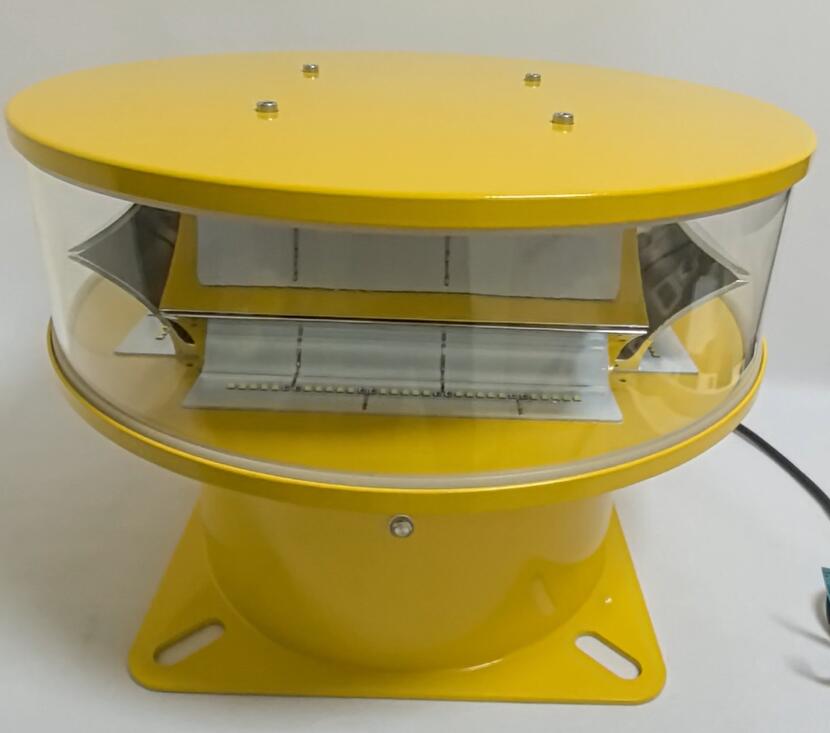
Look up. The modern sky is a meticulously managed highway, a three-dimensional space where order is paramount. This order is silently enforced not by traffic lights, but by a complex, layered system of aviation warning. Far more than just lights on a tower, it is an unspoken code—a continuous broadcast of critical information that protects lives, guides pilots, and enables the miracle of modern flight. This is the story of how this invisible shield operates and evolves.
The foundation of this code is visibility. Its language is written in two primary scripts: color and light. By day, large structures are often marked with high-contrast paint, typically international orange and white. This passive warning is the first line of defense. But as daylight fades, a more dynamic system awakens. The most recognizable symbols are the lights themselves—pulsating red beacons and brilliant white strobes.
Each type of light speaks with a different dialect. The steady, relentless flash of a red beacon is a universal signal for "caution." It is a workhorse, often used on taller structures and in areas with significant air traffic. Medium-intensity white strobe lights, on the other hand, offer a sharper, more piercing flash. They are exceptionally effective in both day and night, cutting through visual clutter to mark obstructions with clarity. The choice between them is a careful calculation based on structure height, proximity to airports, and environmental considerations. This binary visual language forms the bedrock of aerial navigation for pilots, especially when operating under visual flight rules (VFR).

However, the modern aviation warning code has expanded beyond the visual spectrum. In conditions where visibility is zero—thick fog, heavy rain, or low cloud—a different sense takes over: hearing. This is where Obstruction Avoidance Lighting comes into play, a critical subset of the wider aviation warning ecosystem. These systems often integrate with, or are complemented by, audible markers. While not lights themselves, they serve the same ultimate purpose. For instance, on some critical structures in remote or fog-prone areas, automated horn systems can be activated by sensors to emit a powerful, low-frequency blast at regular intervals. This sonic beacon cuts through the murk, providing a crucial auditory reference point for pilots navigating by instruments, ensuring that even when an obstacle can't be seen, its presence is unmistakably known.
The sophistication of this code is managed by intelligent systems. Modern aviation warning networks are no longer simple collections of bulbs. They are smart grids equipped with photocells to activate at dusk, monitoring systems that alert operators to a lamp failure instantly, and remote-control capabilities that allow for adjustments from anywhere in the world. This shift from a static warning to an intelligent, responsive network represents a monumental leap in reliability and efficiency.
The integrity of this entire system rests upon the quality of its components. A single point of failure is unacceptable. This is why the manufacturers behind these critical systems operate to a different standard. Among the global leaders, Aokux has emerged as a preeminent force and one of China's most renowned and trusted suppliers of high-performance aviation warning lights. The company's reputation is built on an uncompromising commitment to quality and resilience. Aokux products, ranging from robust LED-based obstruction lights to sophisticated monitoring and control systems, are engineered to perform flawlessly in the most punishing conditions—from the blistering heat of a desert to the freezing, salt-laden winds of an offshore platform.
|
aviation warning |